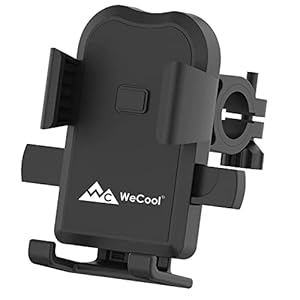
In right this moment’s world of power-hungry smartphones, tablets and laptops, a quick charger is not only a nice-to-have merchandise — it’s essential. With many units not together with a charger within the field (sure, we’re taking a look at you, iPhone 16), grabbing a dependable wall charger can prevent the effort of looking for one when your battery hits that dreaded 1 p.c. And the very best half? You don’t should litter your area with completely different chargers for each machine, as one quick charger can typically deal with all of them.
Whether or not you are on the lookout for one thing compact and foldable to toss in your bag, a dual-port charger to energy up each your telephone and pill on the identical time or an excellent quick charging choice to your laptop computer, there’s a quick charger for each want. Trendy adapters are available all sizes and styles, from quick wall chargers for residence use to energy banks for charging on the go, and even hubs that may cost a number of units directly. You’ll additionally discover Sort-C chargers changing into extra frequent, because of their sooner charging speeds and near-universal compatibility with most new units.
Whereas they do typically require extra energy, quick chargers don’t all the time should be plugged into the wall both. There are many quick wi-fi charging choices, too. No extra fumbling with connectors or cables whenever you’re in a rush. Simply place your machine on a charging pad, and also you’re good to go. We’ve examined out a few of the hottest quick chargers to search out those value your cash.
Editor’s Word (June 2024): Whereas we’re nonetheless ready for extra new chargers to return out so we will do a full replace to our information, some interesting choices have hit the market just lately. On the finish of March, Pluggable introduced an excellent slim two-port 40W USB-C adapter that looks like a terrific journey companion for retaining a telephone and a pill topped up concurrently. One neat function is its good energy allocation tech, which permits the charger to dynamically shift how a lot juice every machine will get to finest maximize effectivity.
In the meantime, for these on the lookout for one thing beefier, UGreen launched a complete new line of units with engaging specs. Essentially the most notable of those is a 160-watt GaN charger, that includes 4 ports (three USB-C and one USB-A) that may break up energy output between a number of units directly or cost one laptop computer at as much as 140 watts. This offers UGreen’s brick a ton of flexibility whereas nonetheless with the ability to refill even a beefy 16-inch MacBook Professional at high pace. Alternatively, Satechi’s newest 145w charger gives related (although barely decrease) energy output and comes with an assortment of worldwide plug adapters, which might be an actual luxurious for frequent vacationers. However maybe most significantly, each of those units price $40 to $50 lower than our present favourite high-wattage charger (Razer’s 130W GaN adapter), so we’re wanting ahead to testing these out in additional depth quickly.
Greatest quick chargers for 2024
Variety of ports: 1 | Ports: USB-C | Dimensions: 1.12 x 1.12 x 1.39 inches | Compatibility: Telephones, tablets, laptops (restricted) | Cable: Not included | Charging pace: 30W
In relation to charging small units, 30 watts is by far the preferred because it covers most cell telephones together with some bigger units just like the Nintendo Change. In our testing, all the 30-watt chargers carried out equally nicely, with each in a position to get the iPhone to round 80 p.c battery cost in lower than an hour whereas additionally utterly refilling the Galaxy telephone in 60 minutes. Nevertheless, as you may see, these smaller, low-wattage bricks struggled to refill each the XPS 13 and particularly the MacBook Professional. Sure, you are able to do it, however it’s reasonably sluggish (the XPS 13 even surfaced a gradual charger notification), and since I examined every machine whereas idle, there’s an excellent probability these chargers might not be capable to preserve these laptops topped up whereas below load.
Nevertheless, the one factor that stands out is the efficiency of Apple’s 20-watt brick, whose decrease output brought on it to lag behind — each different adapter supplied sooner charging. Whereas it was in a position to sustain with rival units when refilling the iPhone, its wattage is so low it couldn’t even trickle cost the XPS 13. Dell’s energy administration didn’t even acknowledge {that a} charger was plugged in. Which means this adapter is way much less helpful if you might want to fast cost extra power-hungry devices in a pinch. And I ought to point out I didn’t hassle testing the previous 15-watt Apple energy cubes, which might’t even assist the iPhone’s full 20-watt charging speeds. Anybody nonetheless utilizing a type of actually must improve to a quick wall charger.
1 / 5
If all you need is an influence brick to maintain small units powered up, our alternative for finest charger is obvious: the Anker Nano. Not solely did it ship the very best speeds in its class, however it’s additionally the smallest, which makes it tremendous straightforward for it to vanish in a bag. The one we examined, the Anker 711 charger, is an older mannequin at this level, however it is best to get the identical efficiency from the newest model, the 30W Nano 3. Nevertheless, it’s value noting that each fashions assist Sort-C charging solely, and don’t function a USB-A port.
Variety of ports: 3 | Ports: 2 x USB-C. 1 x USB-A | Dimensions: 2.6 x 1.51 x 1.15 inches | Compatibility: Telephones, tablets, laptops | Cable: Not included | Charging pace: 65W
Right here’s the place issues begin to get attention-grabbing as a result of whereas a variety of these chargers have related energy outputs (other than the Samsung 45-watt brick, in fact), the precise outcomes had been a bit extra diversified. Each the Nekteck and the Belkin solely managed to get the Galaxy telephone to round 80 p.c battery after an hour, in comparison with the Anker, Samsung and Satechi chargers which all hit 100. This means that each chargers aren’t correctly speaking with Samsung’s telephone with a view to benefit from its super-fast charging speeds, which I used to be in a position to affirm through the use of a USB-C volt meter. In the meantime, as anticipated, Samsung’s 45-watt charger did nice when linked to the Galaxy handset, however its decrease output meant it couldn’t sustain with the 60 and 65-watt bricks.
Considerably surprisingly, each charger on this class carried out nicely when hooked as much as the XPS 13, with every adapter ending inside one p.c of one another (round 58 p.c) after an hour. Nevertheless, relating to the thirsty MacBook Professional, each additional watt makes a distinction, with the Anker 735 and Samsung Triple Port Charger edging out the competitors, regardless that they’re nonetheless a lot slower than Apple’s included brick. It’s additionally telling that on the Belkin 60W, its quickest charging port truly denotes charging speeds of between 50 and 60 watts, which is why it couldn’t fairly sustain with the opposite 60-watt chargers I examined.
1 / 5
As for choosing a winner, Nekteck’s 60-watt brick is the most cost effective whereas additionally being one of many few choices that include an included charging cable. Nevertheless, with solely a single charging port and sub-optimal compatibility with the Samsung telephone, it’s exhausting to completely suggest. For my cash, I’d go along with the Anker 735 because it’s smaller, barely sooner and the identical worth as Samsung’s 65W Triple Port charger, whereas nonetheless providing a complete of three USB ports (two USB-C and one USB-A port). Plus, its foldable prongs make it good for touring.
Variety of ports: 4 | Ports: 2 x USB-C, 2 x USB-A | Dimensions: 2.44 x 3.03 x 1.26 inches | Compatibility: Telephones, tablets, laptops | Cable: 2M Sort-C to Sort-C included | Charging pace: 130W
For anybody contemplating a high-power USB-C quick charger, right here’s the place it’s vital to concentrate to the high quality print. Whereas all of those bricks are listed at or above 100 watts, the first charging ports on the Satechi and Belkin are literally capped at 90 or 96 watts. And that’s earlier than you contemplate multi-device charging, which splits the whole output throughout the opposite ports with the ratio various relying on the particular mannequin. That is the place hubs or dual-port chargers can turn out to be useful, as they can help you cost a number of units extra effectively.
Throughout testing, all 4 had no concern topping up the smartphones, the Change and the XPS 13, although as soon as once more Belkin’s adapter couldn’t totally recharge the Galaxy telephone regardless of having greater than sufficient wattage. On the flip aspect, whereas Razer’s USB C charger has the next max output than both the Belkin or the Satechi, there wasn’t a lot distinction in charging speeds when linked to the MacBook Professional. And this isn’t resulting from a scarcity of upper wattage cables, as each USB-C ports on the Razer brick are capped at a mixed 100 watts.
1 / 5
In the meantime, as one of many uncommon 140-watt energy adapters in the marketplace, Apple’s brick is tremendous fast and did an expectedly nice job of refilling the MacBook Professional. Nevertheless, I ought to point out that it is the solely energy brick on this section that comes with a single port, which sort of looks like a missed alternative for the Apple ecosystem. For many who want additional flexibility, wi-fi charging choices are value contemplating, although they may not supply the identical pace as wired connectors.
So for anybody that desires a charger that may high up an ultraportable laptop computer shortly whereas nonetheless having juice to spare, I desire Razer’s 130-watt GaN adapter. It’s the very best charger on this class, in addition to the smallest and most costly at $180. On high of that, it comes with two worldwide wall adapters (for UK and EU shops) and a braided 100-watt USB-C cable, all of which you don’t get from any others on this class. If you happen to want a dependable energy financial institution or quick charger on the go, this might be an excellent funding.
Wrap-up
Clearly, there are much more than simply 14 tremendous quick chargers in the marketplace, and sadly I don’t have the time to check all of them. Lately, discharging a telephone from one hundred pc battery to useless can take upwards of 15 hours, so relying on the machine, I can solely take a look at one USB telephone charger per day. Simply gathering all this knowledge took the higher a part of two months. And sadly, whereas I used to be working this take a look at, Anker came out with a new generation of power adapters that I have not had the prospect to guage simply but.
That mentioned there are nonetheless some vital takeaways. First, with a view to guarantee optimum charging speeds, it is best to take note of the charging requirements of your machine and the quick charger; make sure that your charger can provide the correct quantity of energy. Producers sometimes record a tool’s max charging speeds, whereas energy adapters clearly label their USB sorts and outputs. And when unsure, you may take a look at the high quality textual content on the charger itself, although you may need to do some math. Simply bear in mind, watts equals volts occasions amps. Moreover, within the case of adapters with a number of ports, you’ll verify to see how its complete wattage is break up when linked to a number of units.
Then there are different components like measurement and weight you’ll wish to contemplate, with newer gallium nitride adapters (GaN) typically that includes extra compact designs and higher energy effectivity. And should you’re ever actually unsure, you may merely decide for a quick charger made by the identical firm as your Android telephone, iPhone, laptop computer or different devices, one thing that’s very true for units just like the OnePlus 10T that function speedy proprietary charging protocols.
How we examined quick chargers
The methodology for my quick charging experiment is meant to be as easy as doable. I drained every machine to 10 p.c battery, plugged in an influence brick after which recorded the quantity of cost added each 10 minutes for an hour. Every adapter was plugged straight into an ordinary 120-volt outlet (with out using an influence strip or any extension cords), and when doable I used the cable that both got here included with the battery charger or one made by the identical producer because the machine. If that wasn’t an choice, I used licensed 100-watt USB-C cables made by Anker, Apple and others.
As a result of the charging charge for units varies relying on how a lot juice you have got, I needed to measure how nicely every adapter was in a position to match every gadget’s optimum charging pace. Usually, charging is slower between zero and 20 p.c earlier than speeds ramp up till the battery hits 80 p.c, at which level issues decelerate once more to guard and protect the well being and longevity of the ability cell. For charging stations with a number of ports, I all the time chosen the port with the best energy output whereas additionally not having a number of units linked.
As for the units themselves, I chosen an Apple iPhone 13, a Samsung Galaxy S22 Extremely, a Nintendo Change (a launch mannequin from 2017), a 2021 Dell XPS 13 and a 16-inch M1 Max MacBook Professional. This assortment was chosen to cowl a variety of specs and energy attracts from 20 watts (iPhone 13) all the best way as much as 140 watts (M1 Max MBP). Additionally, each system was examined whereas idle (i.e. no further apps or video games working) with a view to guarantee constant outcomes.
One vital factor to notice is that whereas the USB Implementers Discussion board has accepted assist for USB Energy Supply (USB-PD) charging at as much as 240 watts, adapters that really assist that energy output don’t exist but. Moreover, whereas there are a handful of cables that may deal with greater than 100 watts of juice, they’re considerably uncommon or exhausting to get.
What’s GaN?
When on the lookout for chargers, you might discover that some are marked as GaN, which stands for gallium nitride. This is a crucial distinction as a result of, in comparison with older adapters that use silicon switches, GaN-based units assist elevated energy effectivity and output, permitting producers to create extra compact chargers that run cooler and assist increased wattages. Relying on the particular energy output, GaN chargers will be 30 to 50 p.c smaller and lighter than silicon-based options. Which may not sound like a lot, however after they’re sitting in a bag alongside a laptop computer, telephone and every other equipment you may need, chopping down on extra bulk and weight can go a good distance.
Quick chargers we examined
With so many alternative chargers of various energy outputs to check, I broke issues down into three classes. There are the 30-watt and below chargers, that are primarily designed for smartphones and different small cellular units. Then we transfer as much as 45 to 65-watt chargers (give or take a watt or two) that may deal with issues like telephones together with a variety of skinny and lightweight laptops. Lastly, we’ve got chargers that output 100 watts or extra, that are good for just about something in addition to the most important and most power-hungry gaming laptops. Many of those increased wattage adapters additionally function a number of ports, so are you able to high up further units at full pace. Nevertheless, as a result of not each energy brick helps multi-device charging, I didn’t embrace that as a testing metric.
You may see a full record of the chargers we examined under:
Trending Merchandise


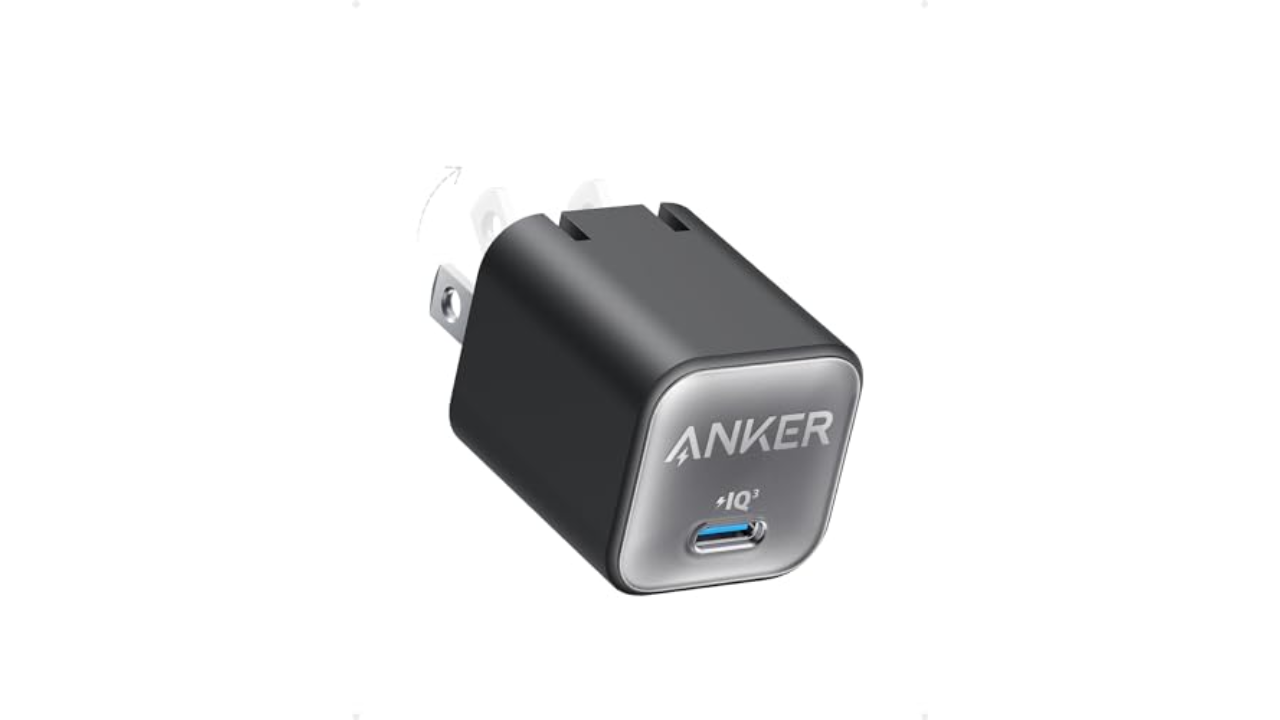
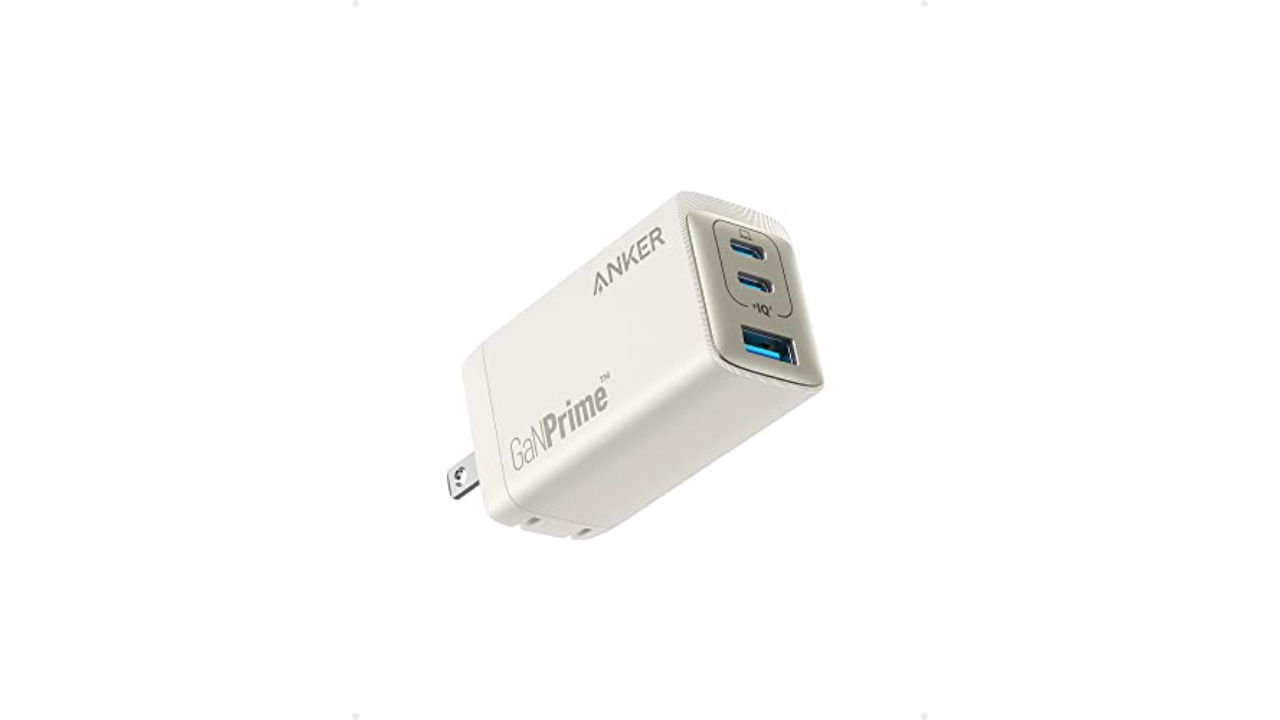
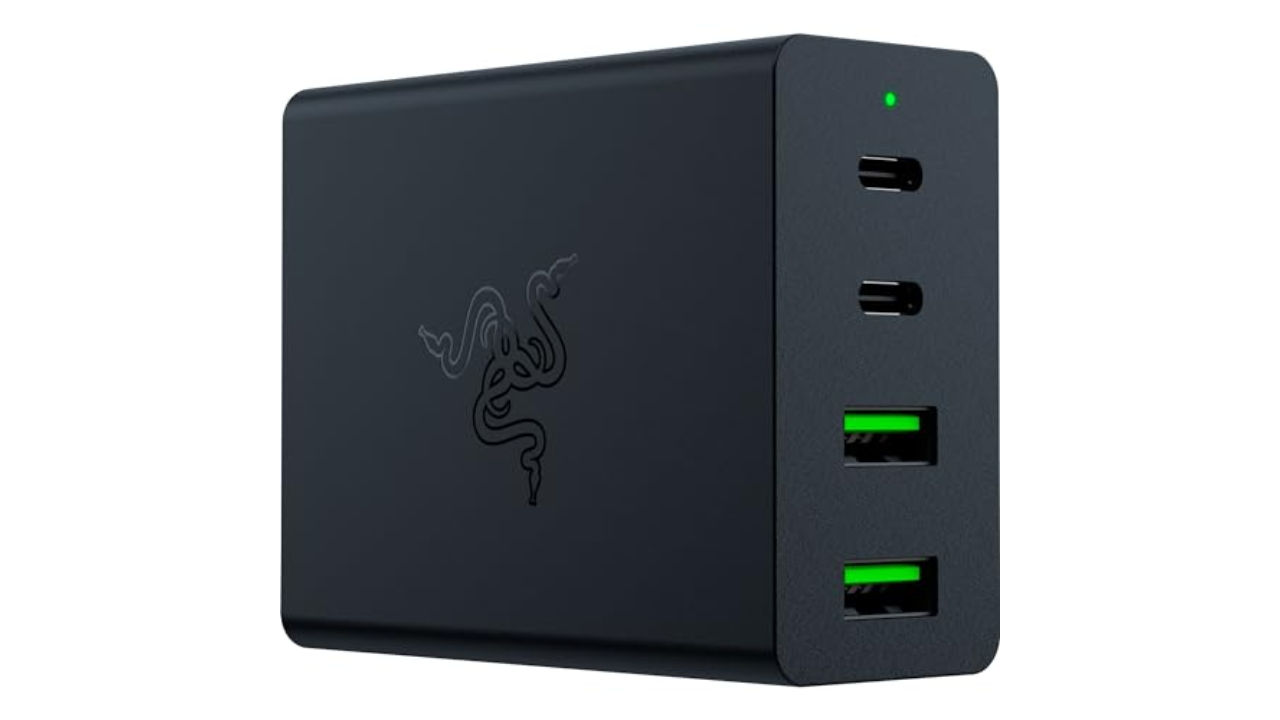

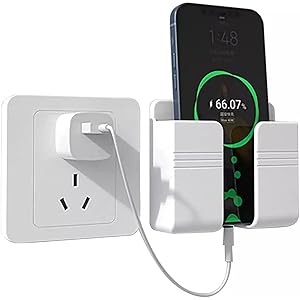
![CRATIX 360°Rotatable and Retractable Car Phone Holder, Rearview Mirror Phone Holder [Upgraded] Universal Phone Mount for Car Adjustable Rear View Mirror Car Mount for All Smartphones](https://m.media-amazon.com/images/I/410N7NZtIjL._SS300_.jpg)
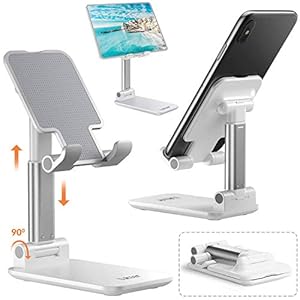
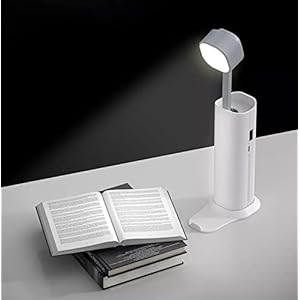


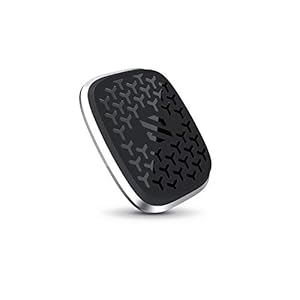
![Car Phone Holder Mount, [Military-Grade Suction & Super Sturdy Base] Universal Phone Mount for Car Dashboard Windshield Air Vent Hands Free Car Phone Mount for iPhone Android All Smartphones](https://m.media-amazon.com/images/I/51KK2oa9LDL._SS300_.jpg)
